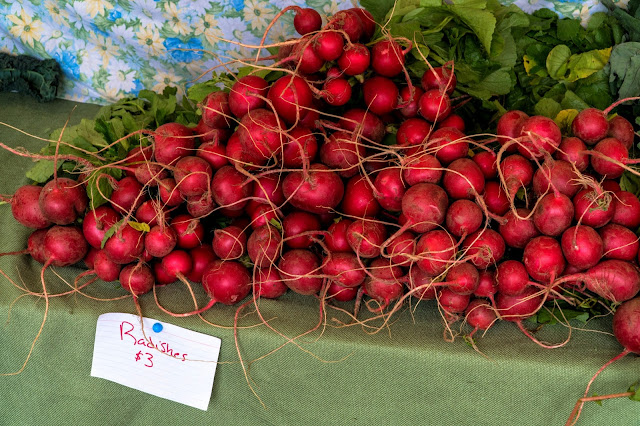You develop instincts with experience. You gain experience by trying many, many things. I carry a camera with me nearly everywhere, not because I think I'll make some piece of art that will grab a curator by the gut and make me famous but because the process of looking for visual patterns and then using the formal boundaries of the rectangle to fence in the patterns and cut them into neatly accessible notes about everyday existence. Why do it? Beyond the idea that hunting for images is a fun challenge and a nice pass time? Well, the constant trial and error of composing and exposing rectangular slices of scenes that catch my eyes seems to help me when making photographs for clients; for money. The language and rhythm of reducing three dimensional space to a two dimensional representation becomes more fluid when it can depend on hundreds and thousands of previous episodes of trial and error; and more importantly, trial and success.
When I leave home with a camera and lens (and it's very rare that in my own private time I carry more than one of each) I choose a lens that I want to explore and I work with it for several hours; looking for visual constructions out in the world that will show off the focal length I've selected.
Often I'll select a long lens only to find that the sky is brilliant that day and the play of light across wide spaces is glorious and fun. I momentarily wish I'd brought along a 24mm to lasso it all in but if I set my mind to it the shots might that benefit from tighter compositions, and even a bit of compression, start to grudgingly reveal themselves.
There are other times when I've remembered the expanse of sky and landscape and I'll bring the 24mm only to stumble across beautiful face after beautiful face which I'm desirous of capturing in tight compositions, with backgrounds that blur to cotton candy and compression that pulls infinite space in to a tight wad of stacked layers.
My usual compromise, especially after a few disjointed forays, is to eschew both extremes and make due with the 50mm lens (or its focal length equivalent on whatever format camera I'm using at the time). As I've written many times, I think of the 50mm as a wizard lens which is able to emulate a wider or longer lens based on how you use it. The neutral focal length keeps one from leaning on the attributes of the wide angle or telephoto perspective in order to make an image interesting. And interesting is always more valuable that exciting. "Exciting" is something that grabs you once and then losses it's power. Like a huge swig of a sugar-laden soft drink which is followed shortly by the insulin pumping crash.
The neutral focal length gently insists that you find something inherently interesting to record. Something you'll find pleasant, or interesting, or informational on repeated viewings.
On a topical note: It's the time of the season for tax filings. Afterwards you can sit in a dark room with a glass of cheap Scotch and bitch about government spending and the tight pinch on your wallet, or you can grab a nice camera, and a lens you love, and walk all through your city, town, rural landscape--whatever--- and do the thing you love = take photographs you'd like to look at again and again. Something soothing and smooth, or colorful and quiet, maybe even regal and glorious. And, in the moment, let your enthusiasm for the play of photography be the thing that informs your day.
I filed my tax return today (Thanks to my CPA, Barry) and, after writing the usual check, I'm putting that task behind me and cleansing my palette with a lovely duo that's just right for today's walk; the Nikon D700 and the Sigma 50mm f1.4 Art lens.
It's sunny, bright and hopeful outside. Let's see if I can harness the promise of the day and infuse it into my everyday life. It's all just a click away.


















2 comments:
Does Studio Dog ever get to go on these photo "walk-abouts"?
Kt
I think you have hit the mark on this addition to your VSL site. Everyday objects, many times ignored, become the subject of our inquiring eye.
I often go out to explore the world with a particular lens, say a 35mm equivalent. I set my sight on compositions that fit the perspective and frame of this focal length. I ignore, almost automatically and unconsciously, subjects that don't fit. Or perhaps a 50mm, or 135mm or even a 200. Zoom lenses are not as much of a challenge or as much fun.
I find it good to re-calibrate my eye and brain for the differing focal lengths.
cheers and coffee,
Jb
Post a Comment